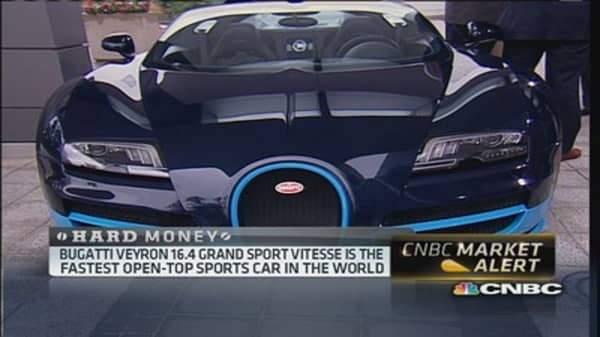Henry Ford liked to say that his customers could get a Model T in any color they wanted "as long as it's black"—an option that certainly wouldn't fly today.
Automakers now offer a wide-ranging palette, seemingly every shade between black and white, that continues to grow. BASF, one of the industry's largest paint suppliers, is showing off 65 new hues to automotive designers as part of its annual color trend show.
(More from The Detroit Bureau: Will your next car feature fuel-saving stop/start technology?)
While a handful of shades continue to dominate—black, white, silver and gray—other popular colors are strongly influenced by factors ranging from current events to consumer electronics, as well as concerns about the environment, said Paul Czornij, the technical manager of BASF's Color Excellence Group.
(Read more: My test drive of the world's fastest car)
Greens and blues are becoming increasingly popular, he said, reflecting a heightened environmental focus. Meanwhile, white is taking over from the long-popular silver shades, which appears to be linked to growing concerns "on both sides of the political spectrum …that things are not working right," he added.
White has also been buoyed by trends in consumer electronics, Czornij said. The trendsetting Apple iPhone made white a symbol of high technology, something long associated with silver—a color that has lost momentum over the past several years, according to industry sales data.
Today's high-tech paints, meanwhile, let designers riff on different colors, he said. "The nice thing is that you can create a lot of different offerings," from light to dark shades, he said. With green, for example, "you can make very greenish blues or greenish yellows," he added.
(Read more: American cars now on roads for longer)




